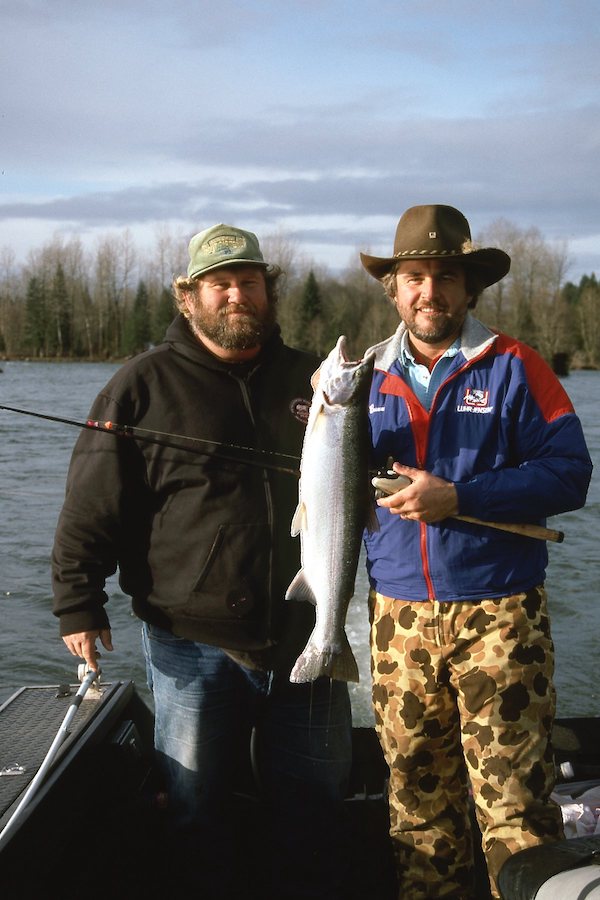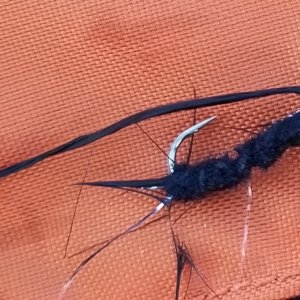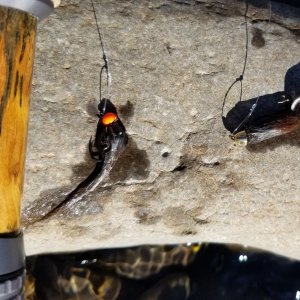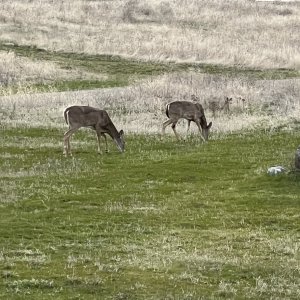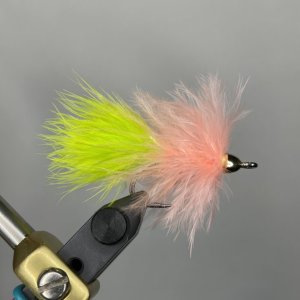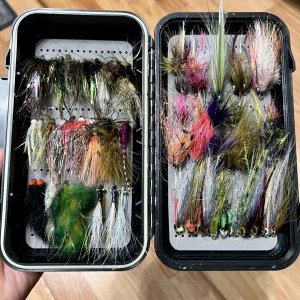That's odd; there was a fish counting house for smolt monitoring when I was last working with that project. But that has been a while. There is no reason why the numbers would be the same in two different years. River productivity varies naturally, and smolt production can vary more. If you're referring to the number of hatchery fish produced, it's pretty reasonable that production would vary from year to year in an integrated hatchery program. About 85% of the smolts migrating out of Mayfield use the louvered fish bypass, and smolt survival through Mayfield's Kaplan turbines is pretty high, although I don't remember the average during the years I checked it. As for commorants and seals downriver, that predation applies to all hatchery and natural production fish. It seems like you're looking for reasons to not restore fish production to the upper Cowlitz. However that decision was made by fishery agencies, tribes, and NGOs in the 1990s.
Tacoma Power (TP) could have installed a fish ladder at Mayfield, but for some reason a tram was chosen and installed instead. So that gets fish into Mayfield pool (reservoir). The nice thing about that is that it allows self separation by Tilton and upper Cowlitz fish. A fish ladder around Mossyrock dam isn't feasible because it's a storage reservoir with around 80 feet of pool elevation fluctuation. Fish ladders only work with up to about 10 feet of reservoir fluctuation. A fish ladder could be feasible at Cowlitz Falls dam, but is unnecessary since fish bound for above Mossyrock are also bound for above Cowlitz Falls (CF). Once the fish are in the truck at Barrier Dam, managers can direct them wherever they are wanted. I was going to say that Cowlitz Falls Dam should never have been built, however its construction facilitated Friends of the Cowlitz and others to sue BPA (which bought the first 30 years of energy production from CF) and force initiation of the Cowlitz anadromous fish restoration program even before the ESA listings.
